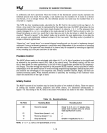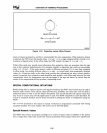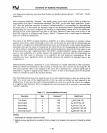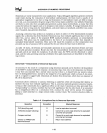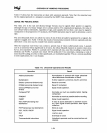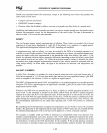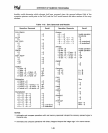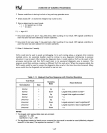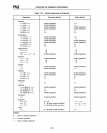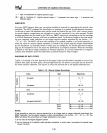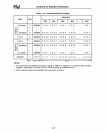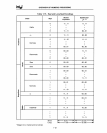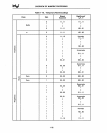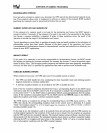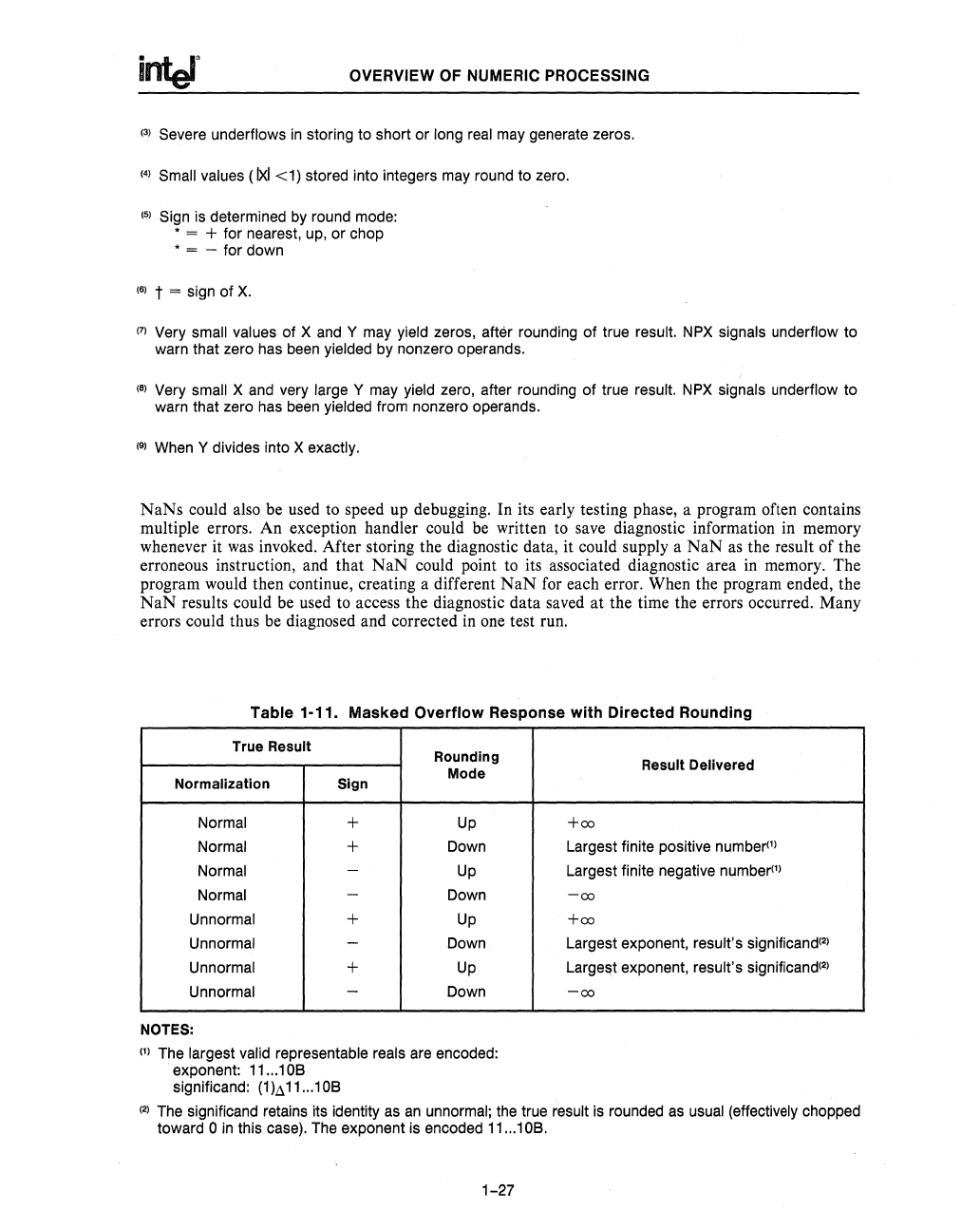
OVERVIEW OF NUMERIC PROCESSING
(3) Severe underflows
in
storing to short
or
long real
may
generate zeros.
(4) Small values (
Ixl
<
1)
stored into integers
may
round to zero.
(5) Sign
is
determined by round mode:
* = + for nearest, up,
or
chop
* = - for down
(6) t = sign of
X.
(7) Very small values of X and Y
may
yield zeros, after rounding of true result. NPX signals underflow to
warn that zero has been yielded by nonzero operands.
(8)
Very small X and very large Y
may
yield zero, after rounding
of
true result.
NPX
signals underflow to
warn that zero has been
yielded from nonzero operands.
(9) When Y divides into X exactly.
NaNs
could also be used to speed up debugging. In its early testing phase, a program often contains
multiple errors. An exception handler could be written to save diagnostic information in memory
whenever it
was
invoked. After storing the diagnostic data, it could supply a
NaN
as
the result of the
erroneous instruction, and that
NaN
could point to its associated diagnostic area
in
memory. The
program would then continue, creating a different
NaN
for each error. When the program ended, the
NaN
results could be used to access the diagnostic data saved at the time the errors occurred. Many
errors could thus be diagnosed and corrected in one test run.
Table 1-11. Masked Overflow Response with Directed Rounding
True Result
Rounding
Normalization
Sign
Mode
Normal
+
Up
Normal
+
Down
Normal
-
Up
Normal
-
Down
Unnormal
+
Up
Unnormal
-
Down
Unnormal
+
Up
Un
normal
-
Down
NOTES:
I')
The largest valid representable reals are encoded:
exponent: 11...108
significand:
(1
),:l11
...
1
08
Result Delivered
+co
Largest finite positive number
l
')
Largest finite negative number
l
')
-co
+co
Largest exponent, result's significand
(2
)
Largest exponent, result's significand
(2
)
-co
(2) The significand retains its identity
as
an
un
normal; the true result
is
rounded
as
usual (effectively chopped
toward
0
in
this case). The exponent is encoded
11
...
108.
1-27



